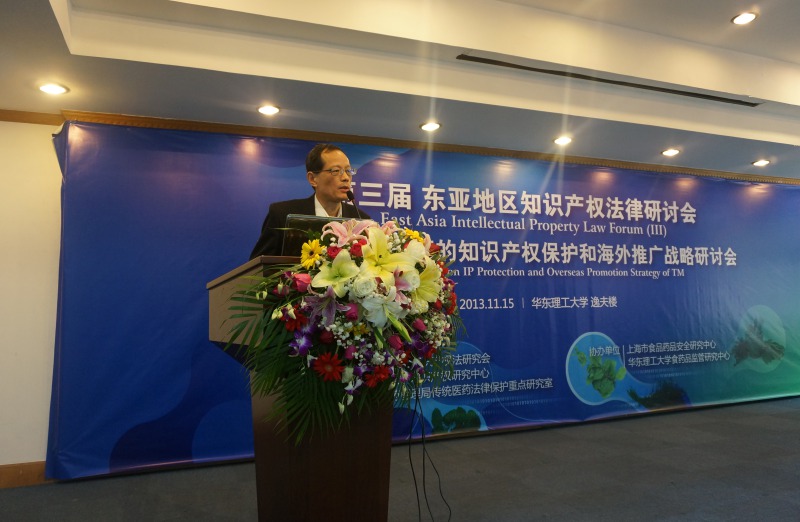Sichuan embroidery: Feeling, needle and thread, all good times
Shu embroidery, also known as Sichuan embroidery, originated from the folk in Western Sichuan. In ancient times, the plain of Western Sichuan was rich in silkworms, so it was called "Shu Kingdom". Therefore, Shu embroidery got its name from its geographical relationship.
In the late Han Dynasty and the Three Kingdoms period, Shu embroidery products were controlled by the government. After the Sui and Tang Dynasties, with the Silk Road trade, the demand for embroidery increased dramatically. Under this situation, Shu embroidery developed rapidly and reached a historical peak. In the Ming and Qing Dynasties, besides the needlework in boudoir, there were many professional embroiderers and small embroidery workshops in Sichuan. Around 1925, there were more than 1000 embroidery practitioners and more than 60 shops in Chengdu alone. In the 1950s, Shu embroidery spread all over Sichuan. In the late 1970s, the rural areas of Western Sichuan were almost "household needlework" with as many as 4500 embroidery workers.
Shu embroidery has a long history of needlework, covering 12 categories and more than 130 kinds. The commonly used needling methods include fainting needling, stone and wood needling, spreading needling, rolling needling, cutting needling, blending needling, sand needling, covering needling, etc. In order to show the texture of embroideries and reflect the light, color and shape of embroideries, various kinds of needle stitches have been developed.
These needlework techniques are not only good at fine and vivid images of embroidery, birds, insects, fish, etc., but also good at expressing the majestic momentum of mountains and rivers. It can also properly show the texture of various kinds of light, clean, thick, thin, soft, hard, loose and the figure's yarn, Luo, brocade, satin, single, clip, cotton, wool and so on.
Shu embroidery is made of red, green and other color satins and loose threads, which are woven locally. All kinds of stitches are used alternately. The stitches are rigorous, the threads are neat and stable, and the colors are elegant. Influenced by geographical environment, customs, local culture and art and other factors, Shu embroidery has gradually formed a unique style of preciseness, delicacy, brightness and flatness, sparse composition, thick and mellow, bright color in the long-term and continuous development process.
For thousands of years, Shu embroidery has been prosperous and lonely. Now it is blooming, the most beautiful years, in order to let more people understand the traditional art of Shu embroidery, as well as better protection and inheritance of Shu embroidery.
Source: Sichuan non heritage WeChat official account
Time: 2020-05-12
next:Sacrifice to the God of chariots and eat bitter vegetables……What do you know about the custom of Grain Full?


